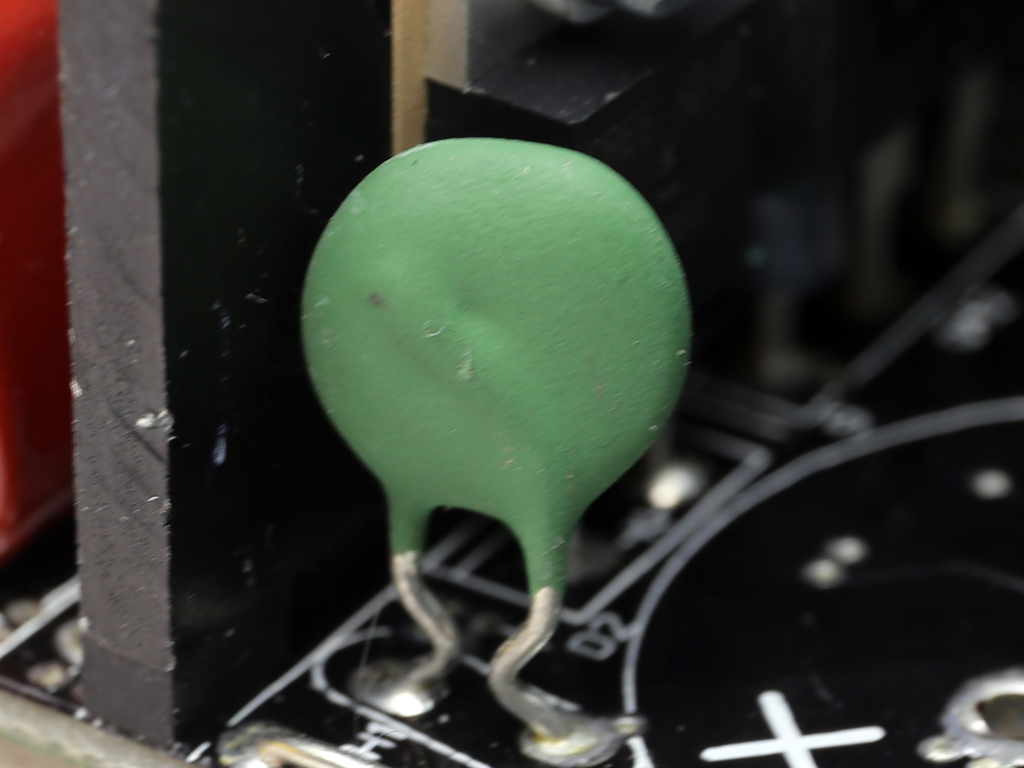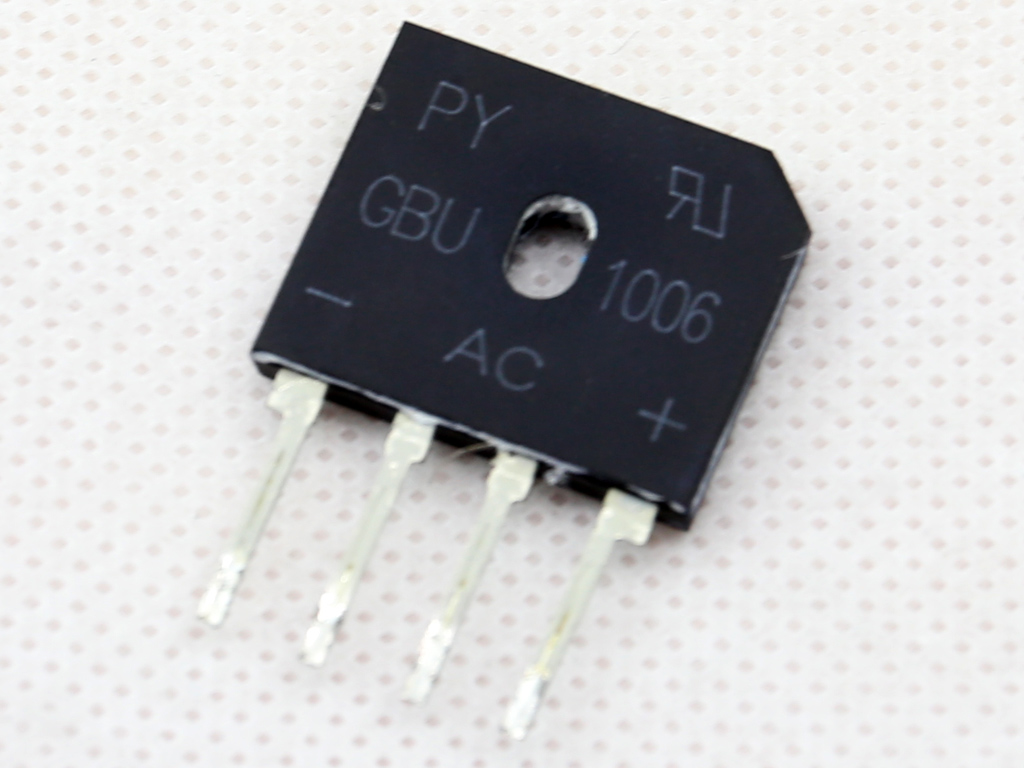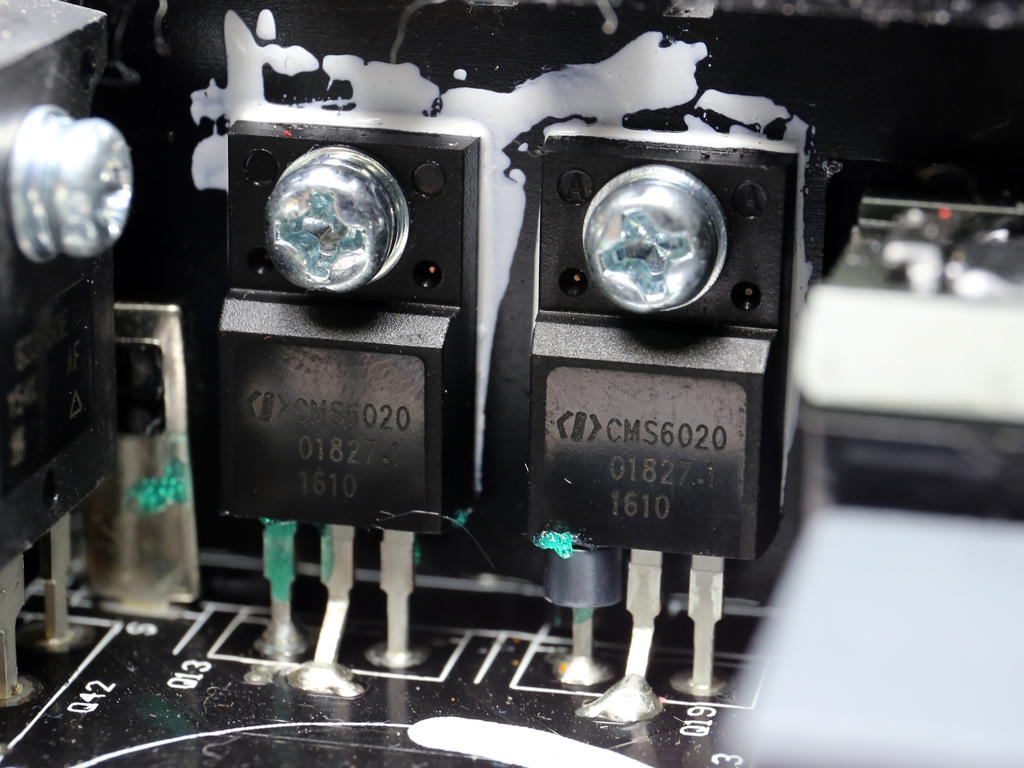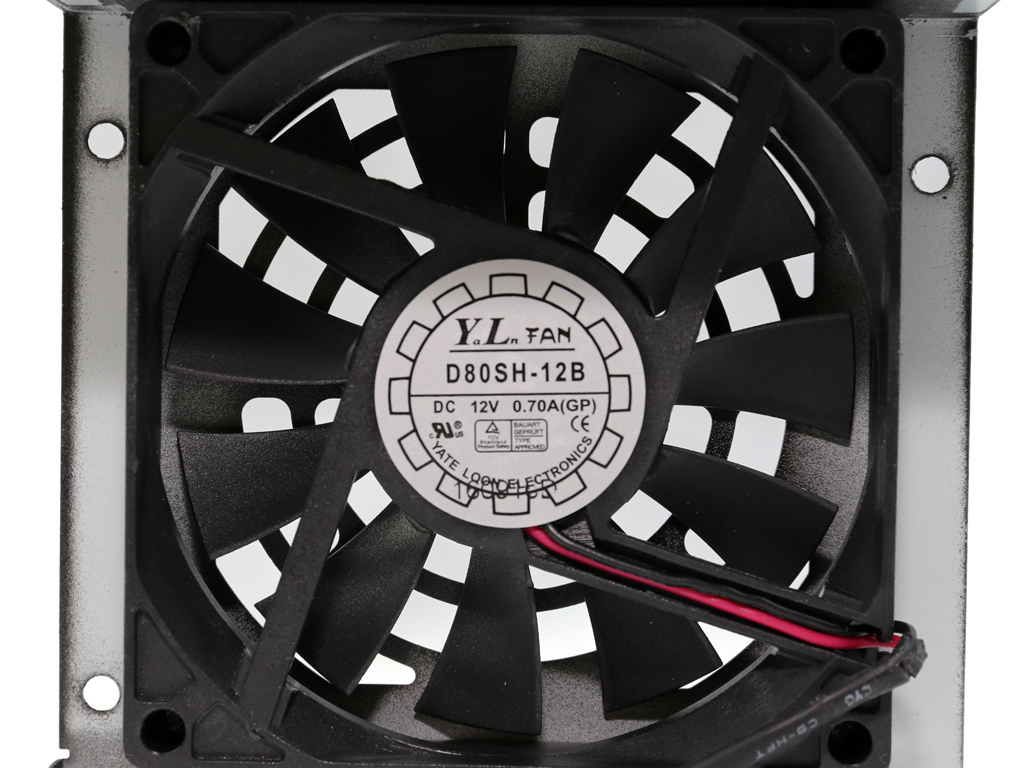Enermax Revolution SFX 650W PSU Review
Why you can trust Tom's Hardware
Teardown & Component Analysis
Parts Description
Before proceeding with this page we strongly encourage you to a look at our PSUs 101 article, which provides valuable information about PSUs and their operation, allowing you to better understand the components we're about to discuss. Our main tools for disassembling PSUs are a Thermaltronicssoldering and rework station and a Hakko FR-300desoldering gun. Finally, for the identification of tiny parts we use an AndonstarHDMI digital microscope.
| General Data | |
|---|---|
| Manufacturer (OEM) | CWT |
| Platform Model | CSN |
| Primary Side | |
| Transient Filter | 4x Y caps, 3x X caps, 2x CM chokes, 1x MOV |
| Inrush Protection | NTC Thermistor |
| Bridge Rectifier(s) | 1x GBU1006 (600V, 10A @ 100°C) |
| APFC MOSFETs | 1x Vishay SiHG33N60E (650V, 21A @ 100°C, 0.099Ω) |
| APFC Boost Diode | 1x CREE C3D06060A (600V, 6A @ 154°C) |
| Hold-up Cap(s) | 1x Nichicon (400V, 390uF, 2000h @ 105°C, GG) |
| Main Switchers | 2x CMS6020 |
| APFC Controller | Champion CM6502 & CM03X Green PFC Controller |
| LLC/PWM Controller | Champion CM6901 |
| Topology | Primary side: Half-Bridge & LLC Resonant Controller Secondary side: Synchronous Rectification & DC-DC converters |
| Secondary Side | |
| +12V MOSFETs | 6x Sinopower Semiconductor SM4021NA (40V, 100A @ 150°C) |
| 5V & 3.3V | DC-DC Converters: 2x QM3004D (30V, 40A @ 100°C, 8.5mΩ) , 2x QM3006D (30V, 57A @ 100°C, 5.5mΩ) PWM Controller: 1x APW7159C |
| Filtering Capacitors | Electrolytics: Nippon Chemi-Con (1-5000 @ 105°C, KZE), Nippon Chemi-Con (1-2000 @ 105°C, KMQ), Nippon Chemi-Con (4-10,000 @ 105°C, KY) Polymers: Elite (GT, RP), Su'scon (modular board) |
| Supervisor IC | Infinno ST9S313 (OVP, UVP, SCP, PG) & LM393 |
| Fan Model | Yate Loon D80SH-12B (12V, 0.70A, Sleeve Bearing Fan) |
| 5VSB Circuit | |
| FET & Rectifier | 1x UTC4N65K (650V, 4A @ 25°C, 2.5Ohm @ 25°C) & S10P45U SBR (45V, 10A @ 110°C, 0.39V @ 125°C) |
| Standby PWM Controller | On-Bright OB5269CP |
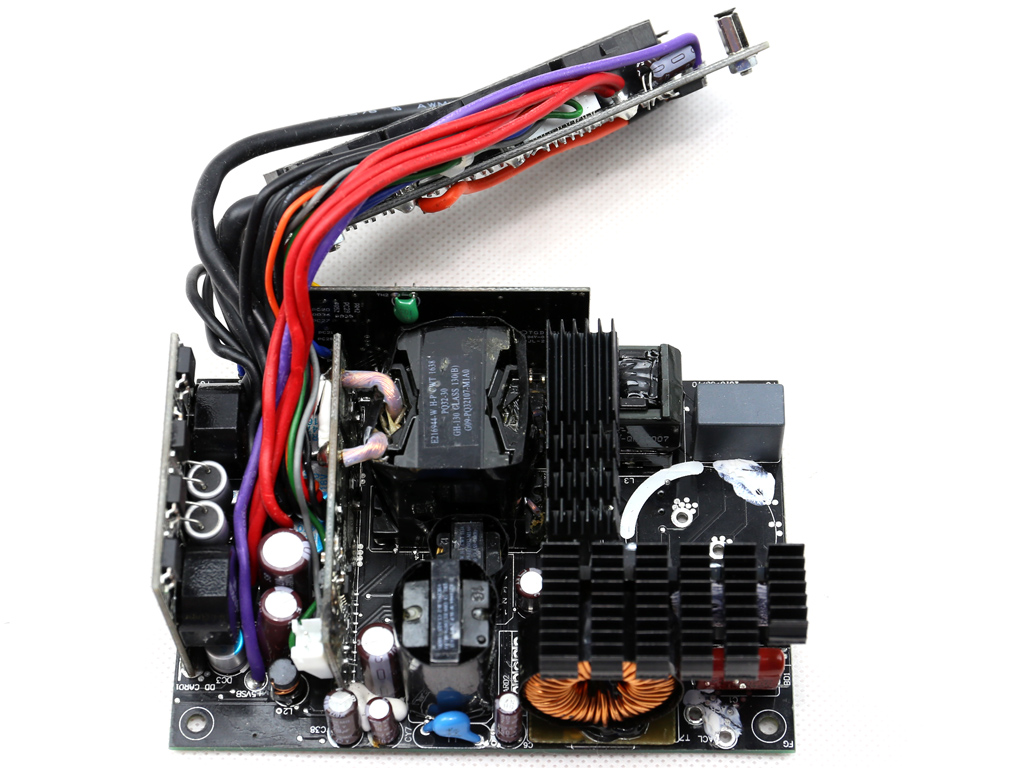

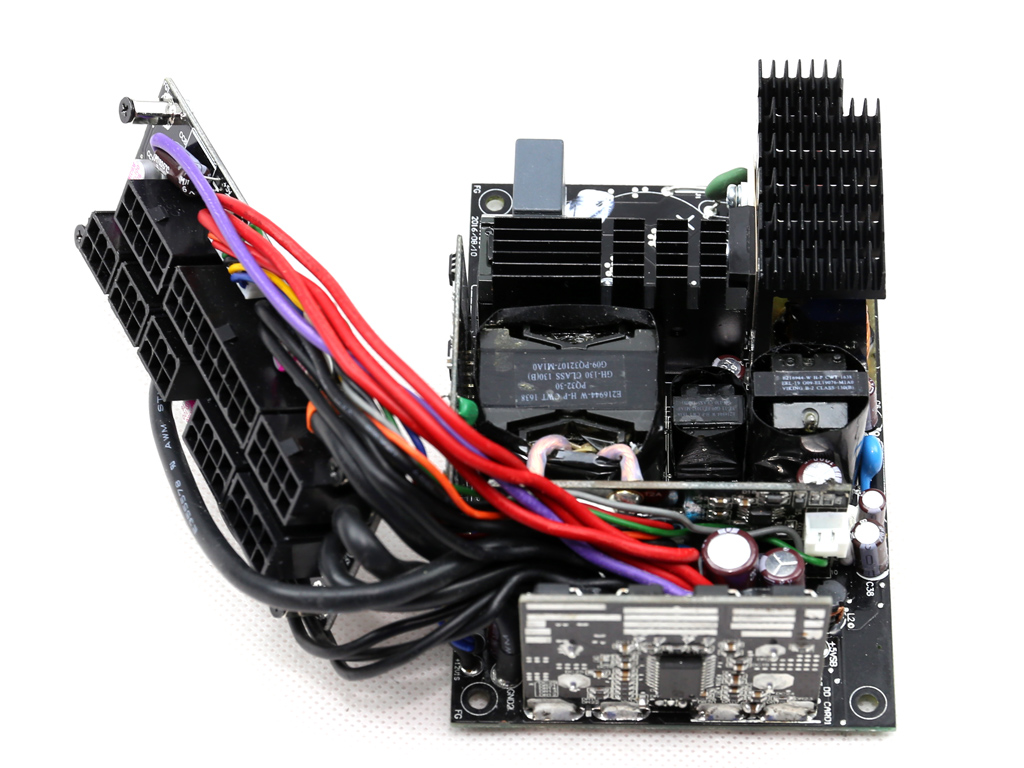
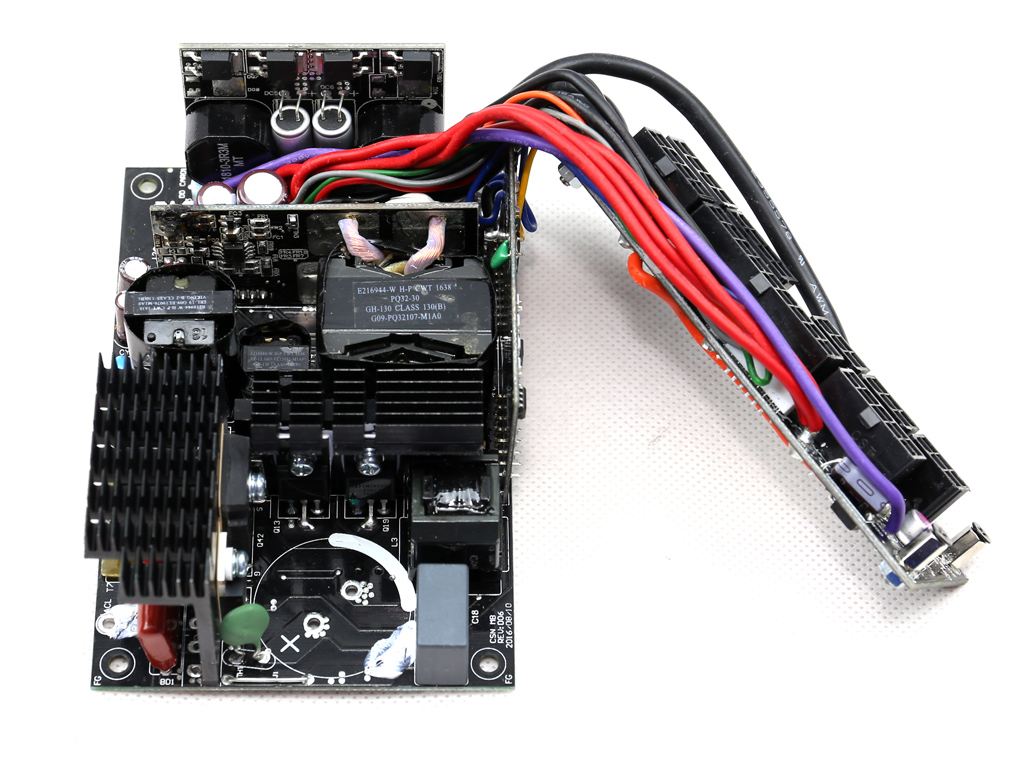
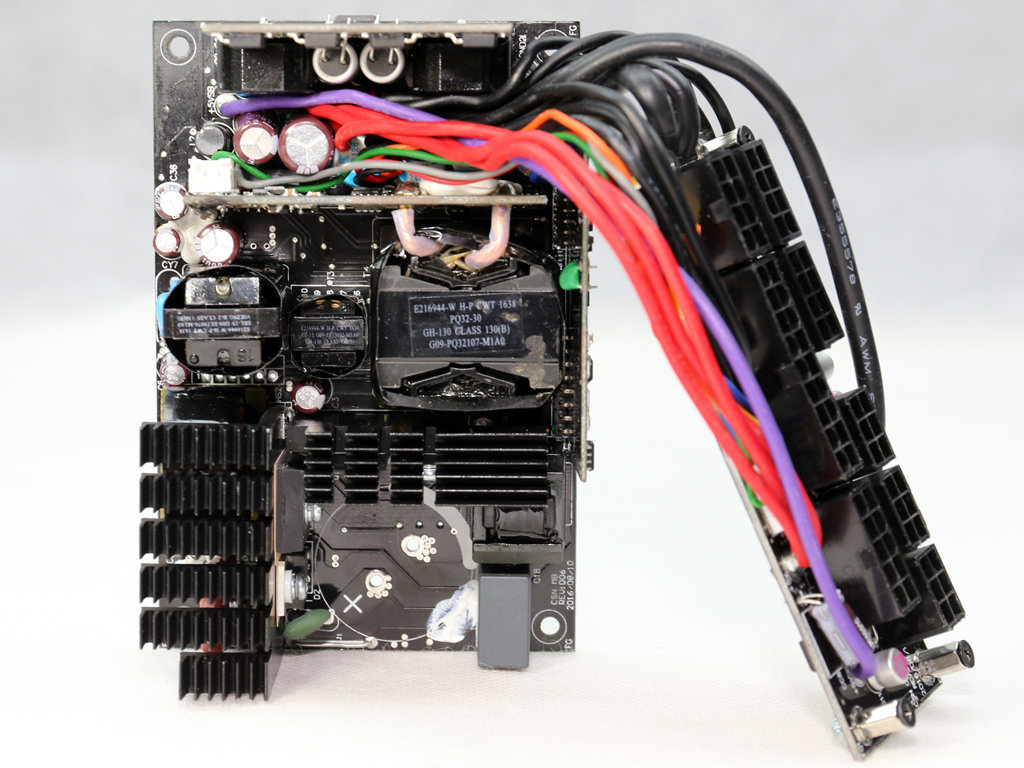
The new Enermax SFX units are made by CWT and based on its CSN series. CWT can be easily called a solid OEM; the company offers good build quality and high-performance platforms, so we have high expectations of this product.
Naturally the small PCB is overpopulated by components, since the ERV650SWT can deliver up to 650W of power. This is why there was no space for the transient/EMI filter, which had to be installed onto a dedicated board that sits on top of the main PCB. Unfortunately, it does block airflow a bit. But there was no other way to provide a complete transient filter in this powerful SFX unit otherwise.
A half-bridge topology is used on the primary side, along with an LLC resonant converter for increased efficiency. On the secondary side, we find a synchronous design where FETs regulate the +12V rail and the minor rails are generated through a couple of voltage regulation modules.
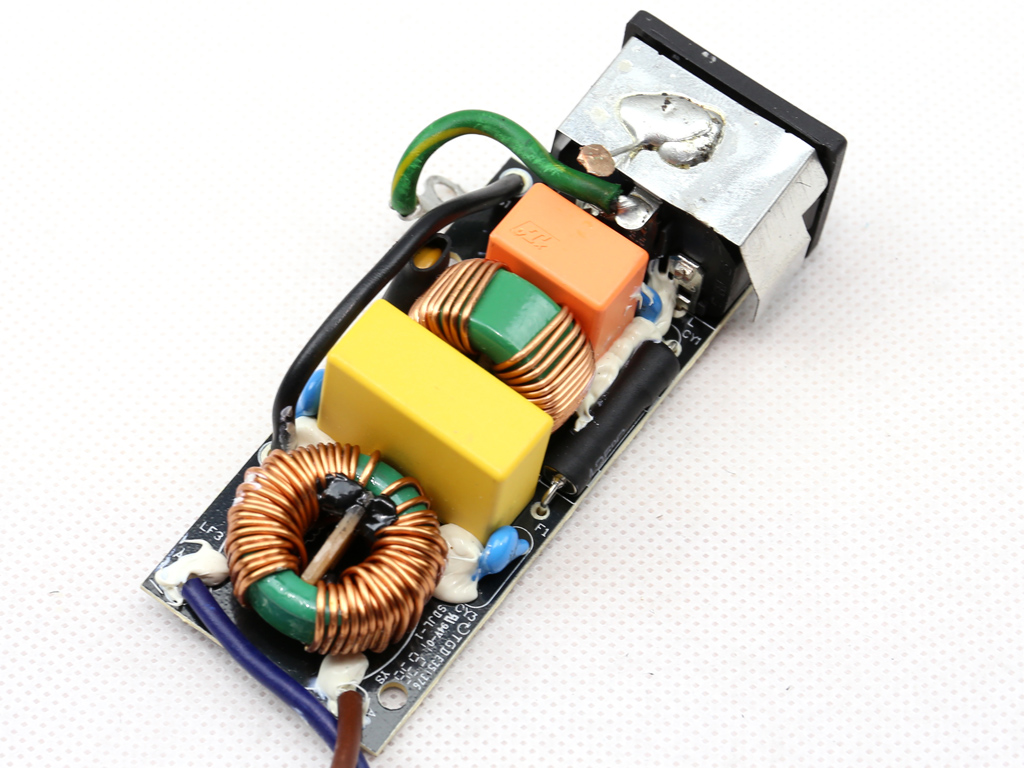
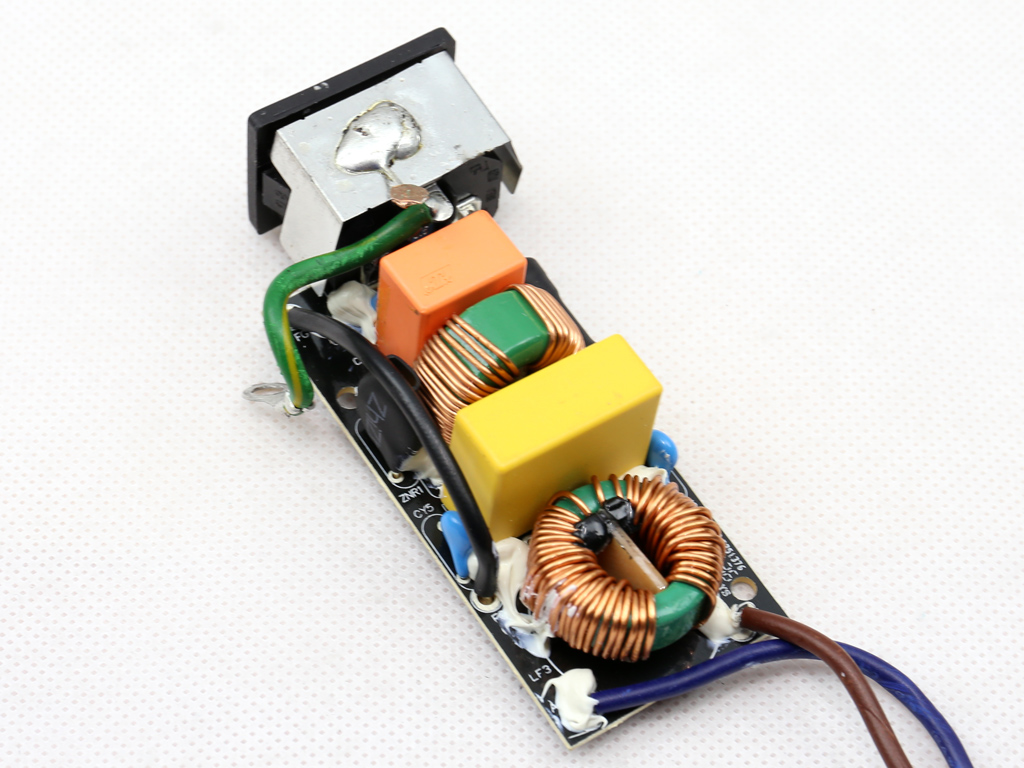
The transient filter is installed on a dedicated PCB and consists of four Y caps, three X caps (the third one is installed on the main PCB, right before the bridge rectifier), two CM chokes, and an MOV.
There is a small thermistor for inrush current protection, which isn't combined with a bypass relay.
A single bridge rectifier is installed on the APFC's heat sink and its model number is GBU1006. The rectifier is installed using plenty of thermal paste, so its contact with the heat sink is adequate.
Get Tom's Hardware's best news and in-depth reviews, straight to your inbox.
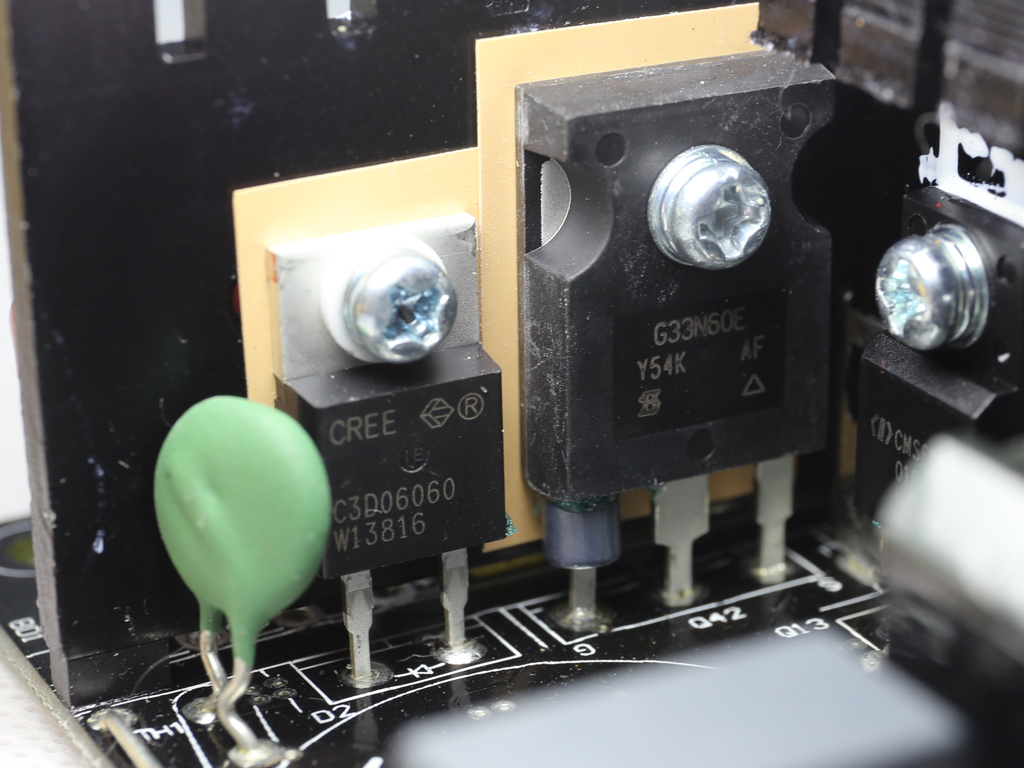
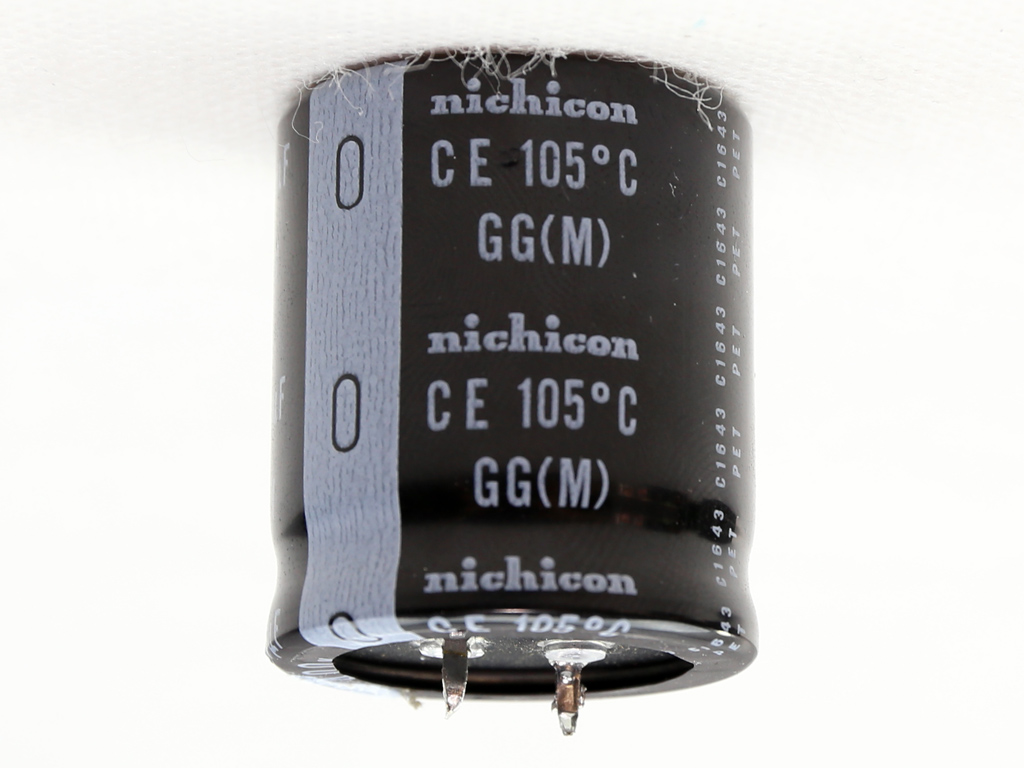
The APFC converter uses a single Vishay SiHG33N60E FET and one CREE C3D06060A boost diode. Usually we find two FETs in the APFC converters of mid-capacity PSUs. However, CWT uses one stronger FET in this platform. The bulk cap is provided by Nichicon and its capacity is lower than we'd want to see.
The primary switching FETs are two CMS6020s configured in a half-bridge topology. An LLC resonant converter is also used for lower energy losses.
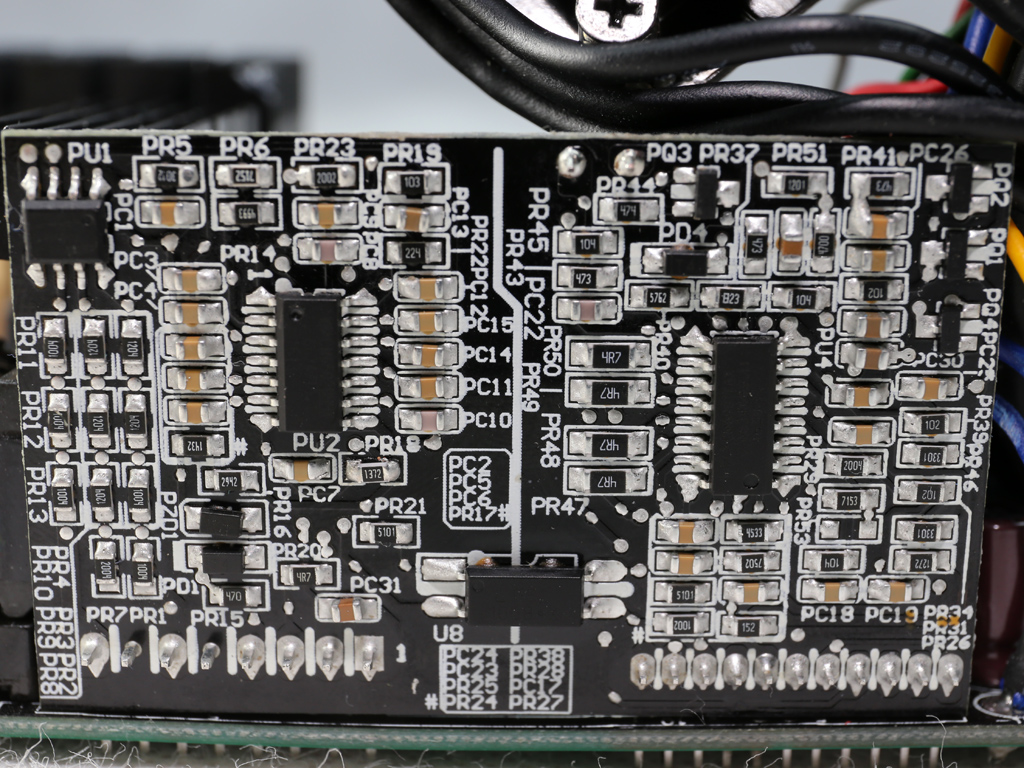
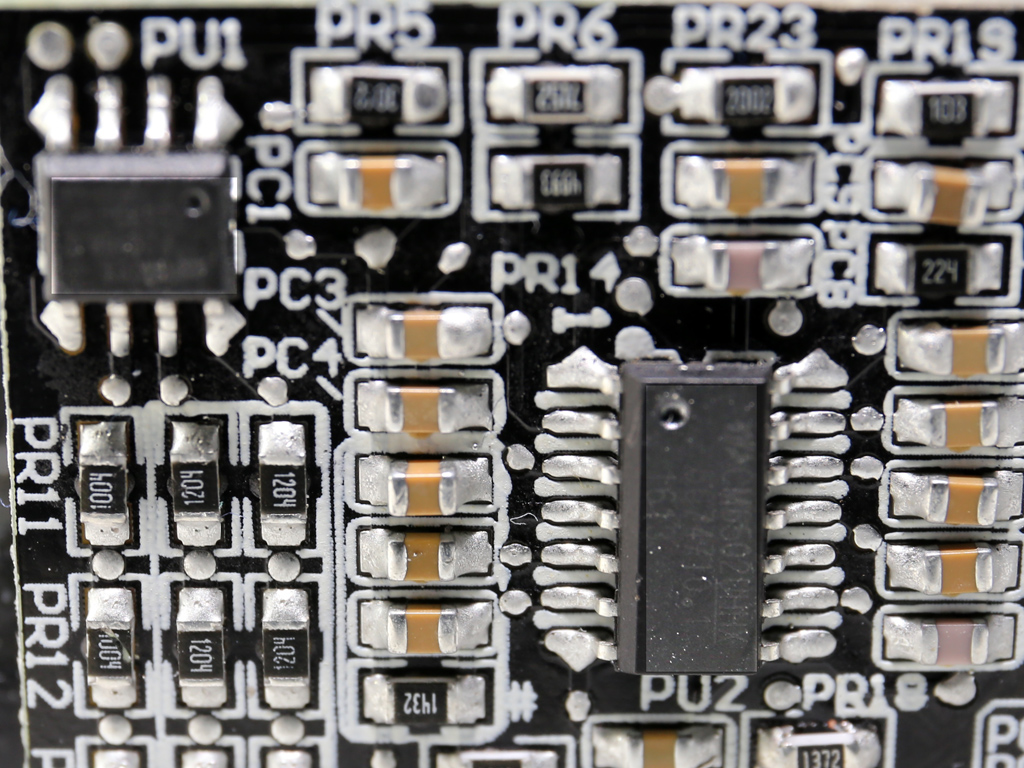
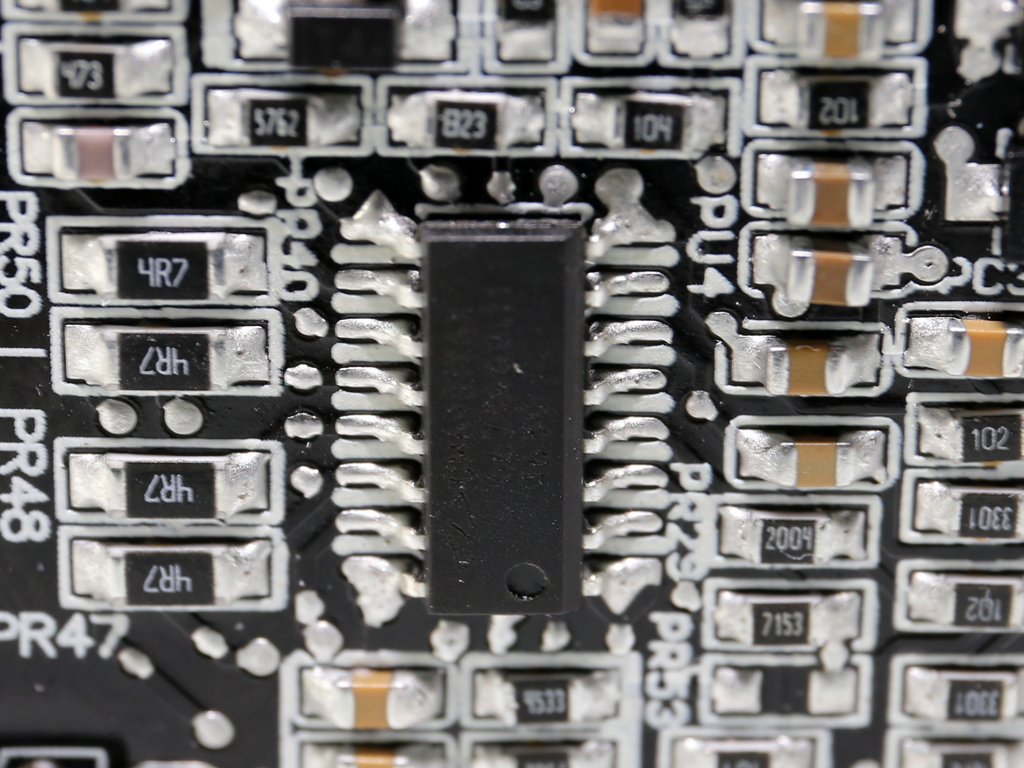
This PCB hosts both control ICs, which are provided by Champion. The APFC controller is a CM6502, and it's supported by a CM03X Green PFC controller. The LLC resonant controller is a CM6901. That one is widely used in high-efficiency PSUs.
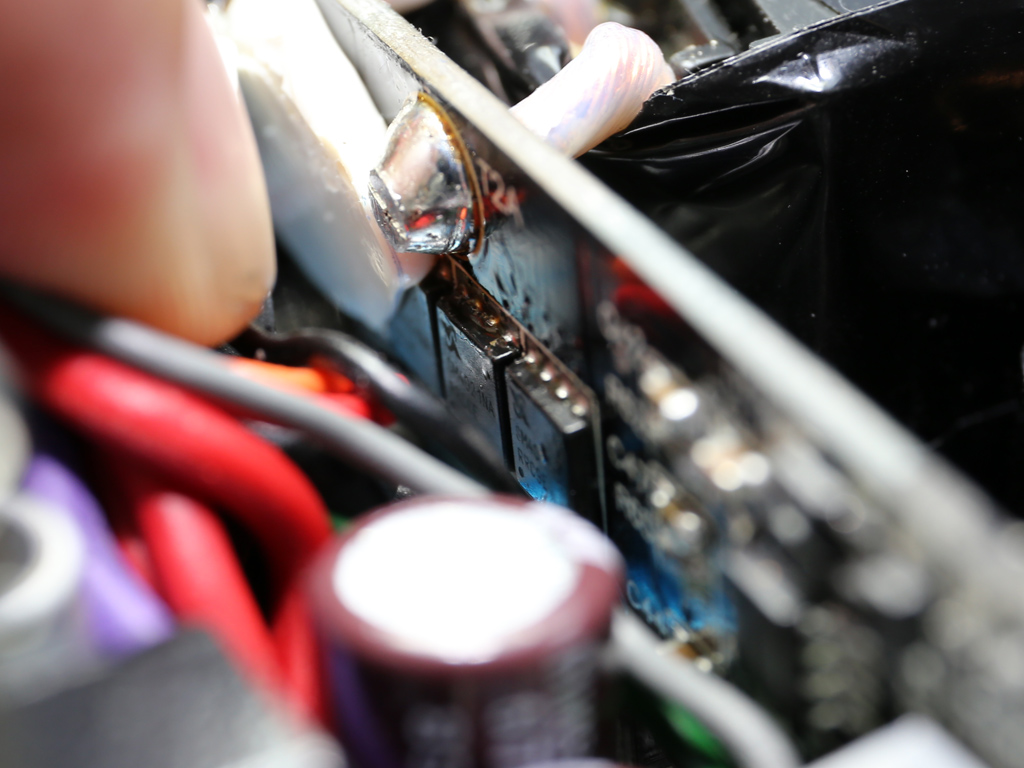
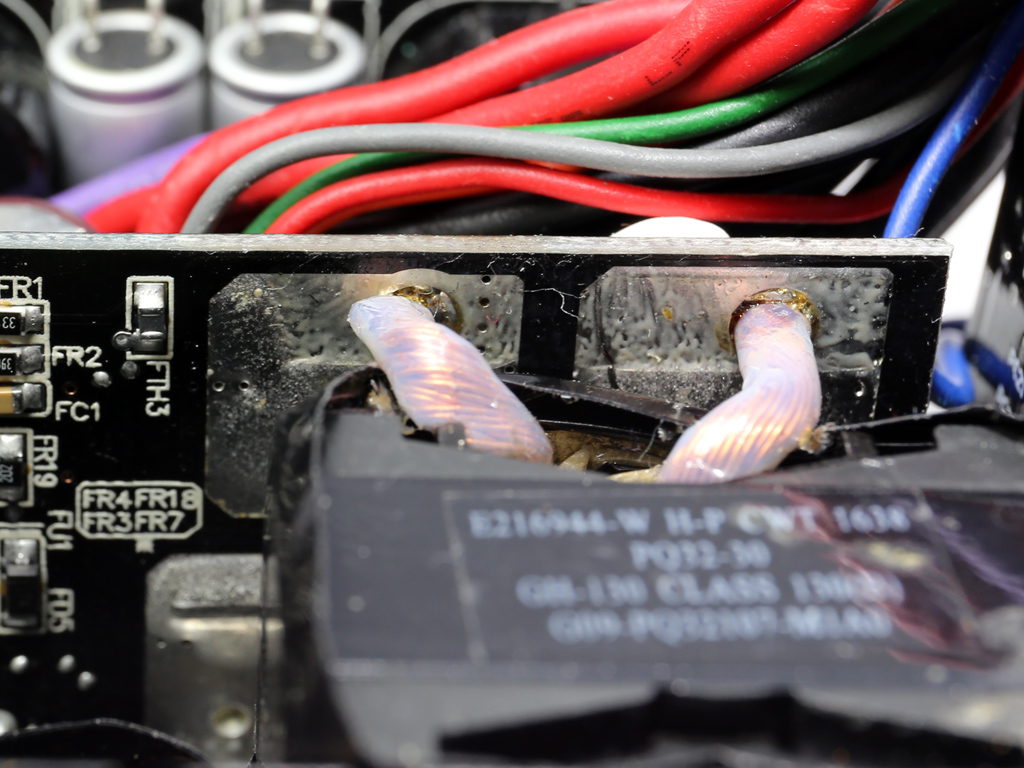
On the secondary side, six Sinopower Semiconductor SM4021NA FETs generate the +12V rail. In order to minimize power losses, the +12V board is connected with the main transformer through two short, thick wires.

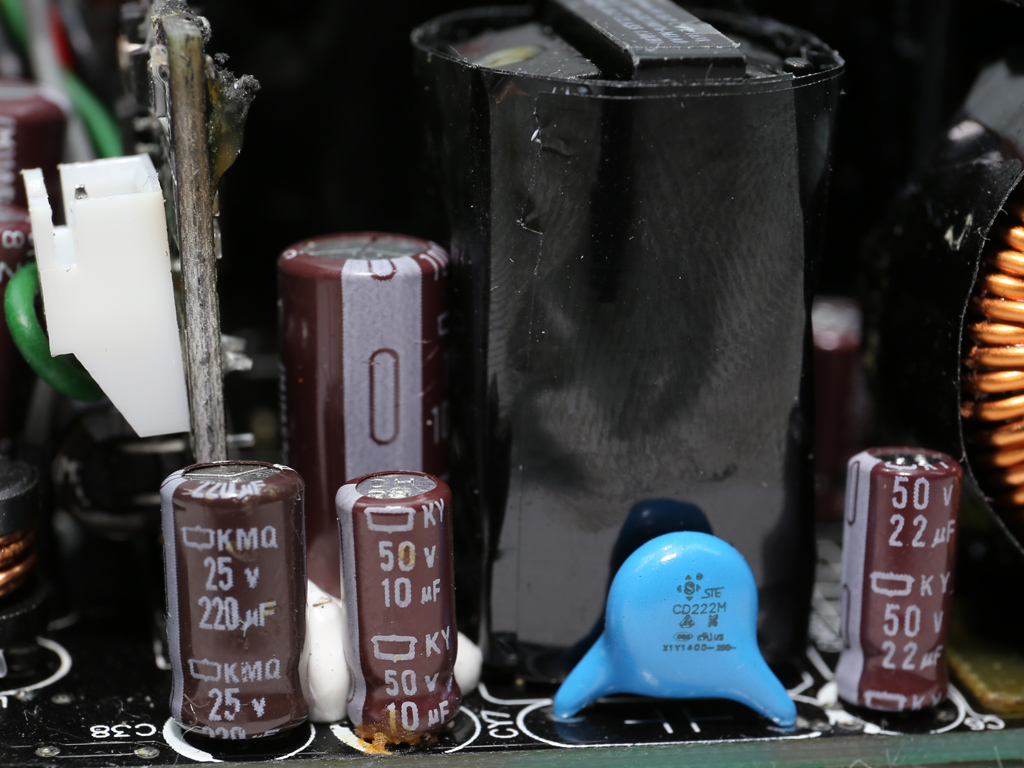
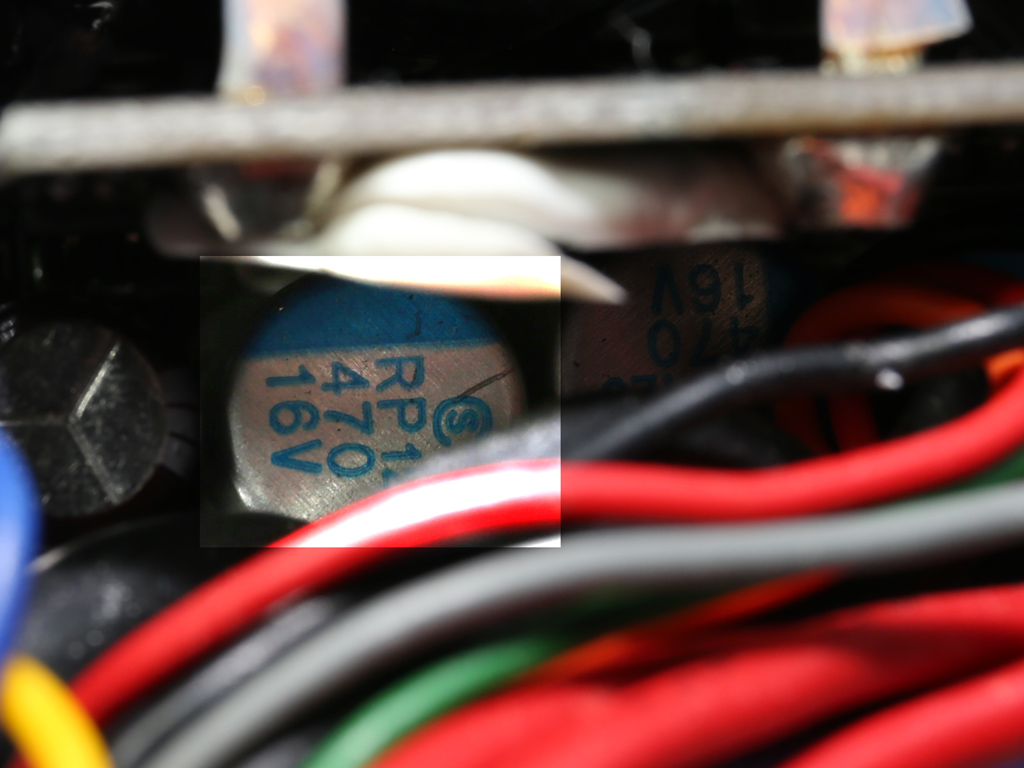
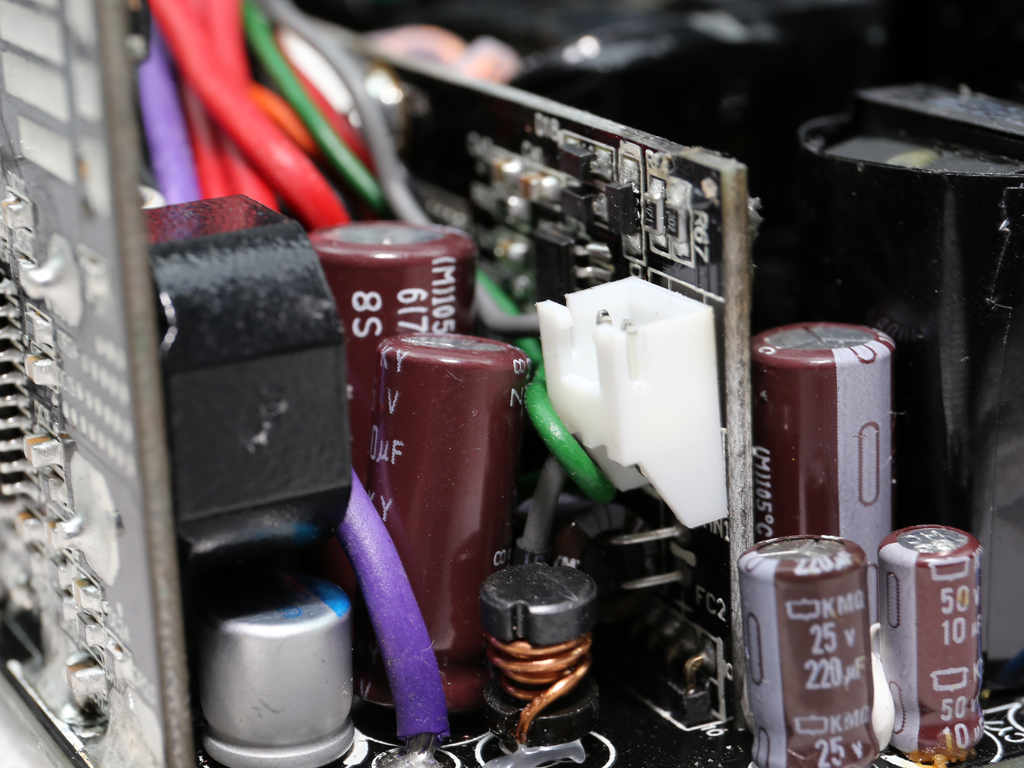
The electrolytic filtering caps are provided by Chemi-Con and belong to the KZE, KMQ, and KY lines. A large number of polymer caps are also used for filtering purposes. Those are mostly provided by Elite, a Taiwanese company with factories located in China and Thailand.
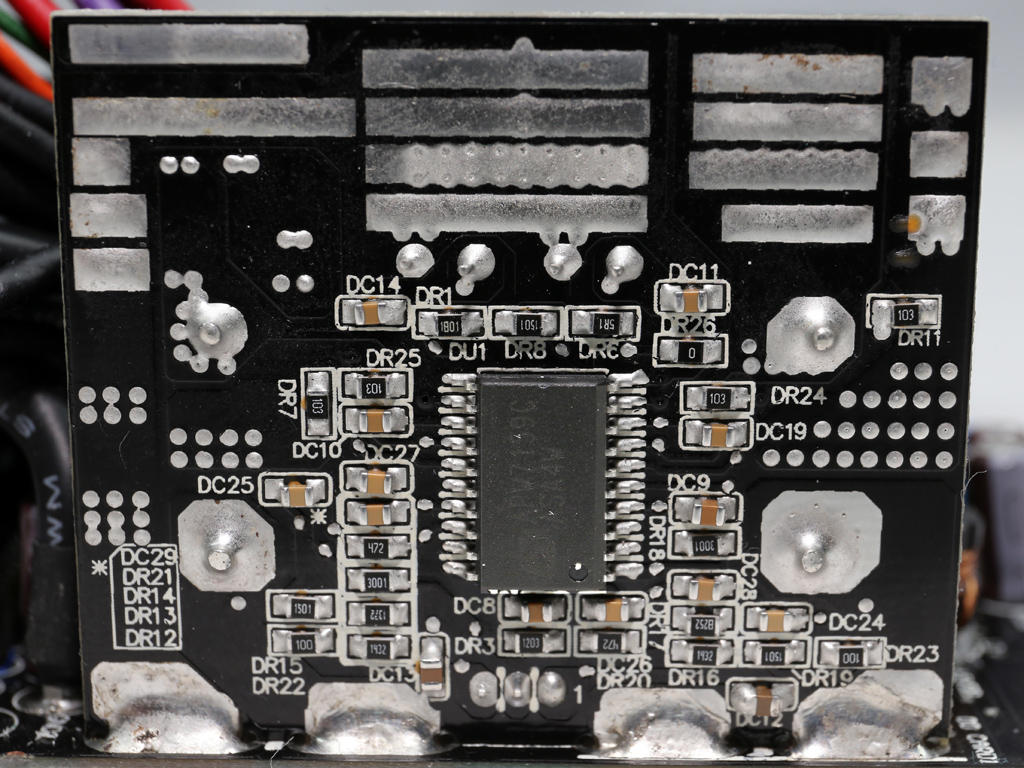
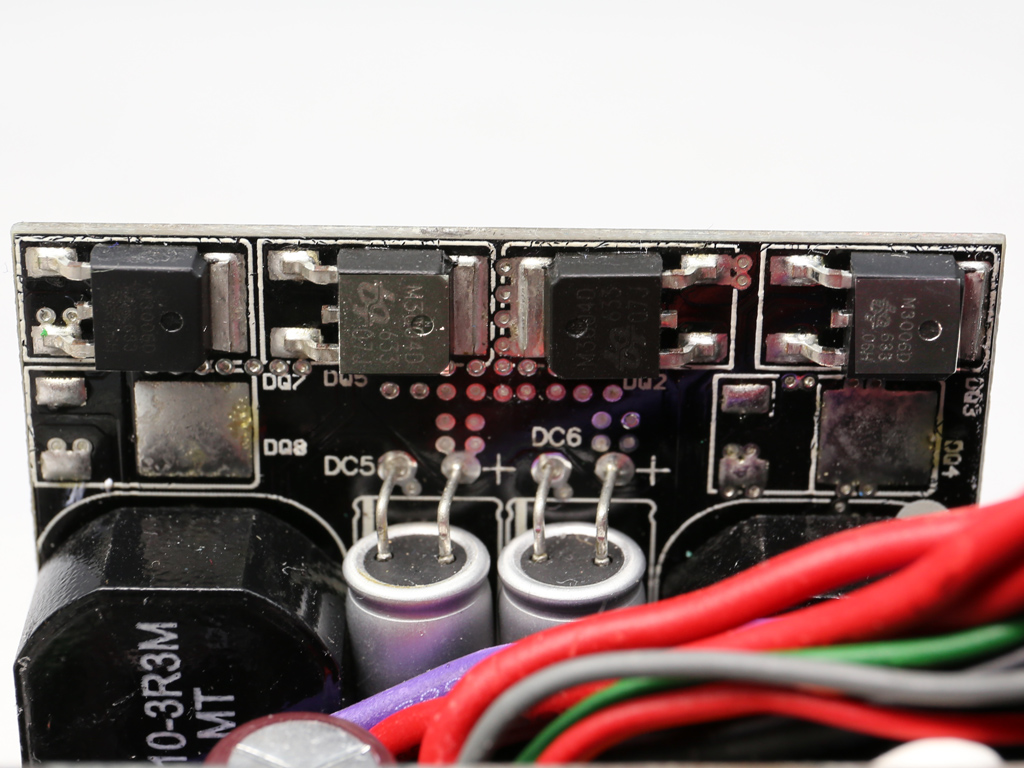
Both VRMs are installed on the same daughterboard. The common PWM controller is an Anpec APW7159C, while the switching FETs are two QM3004Ds and two QM3006Ds.
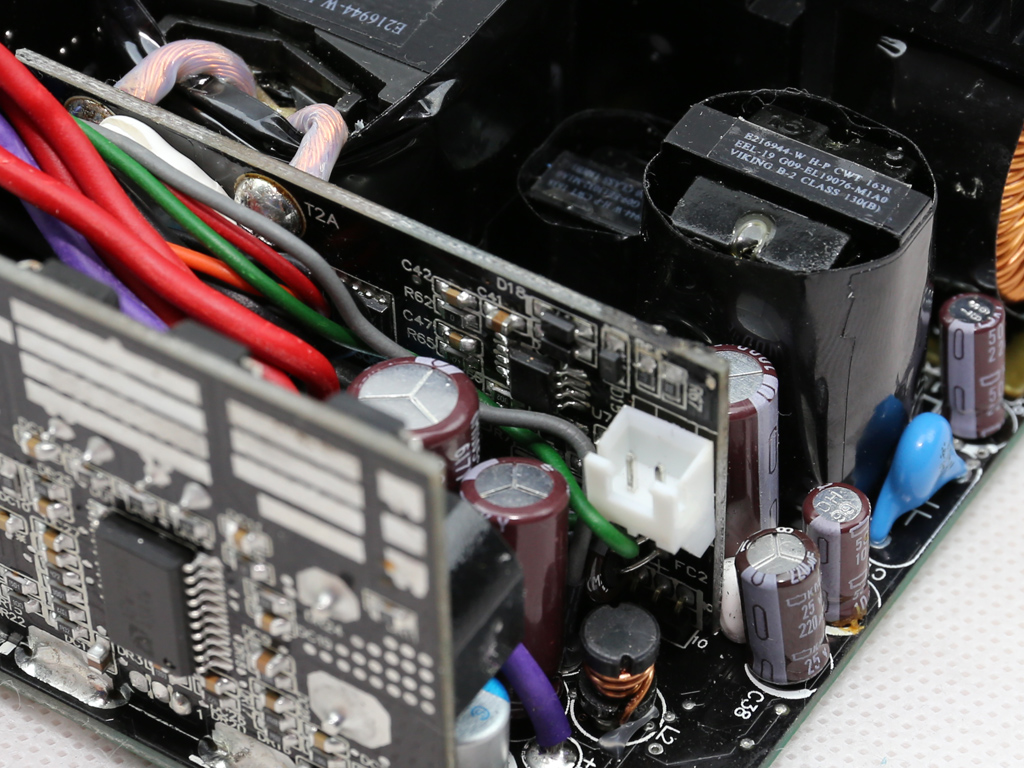
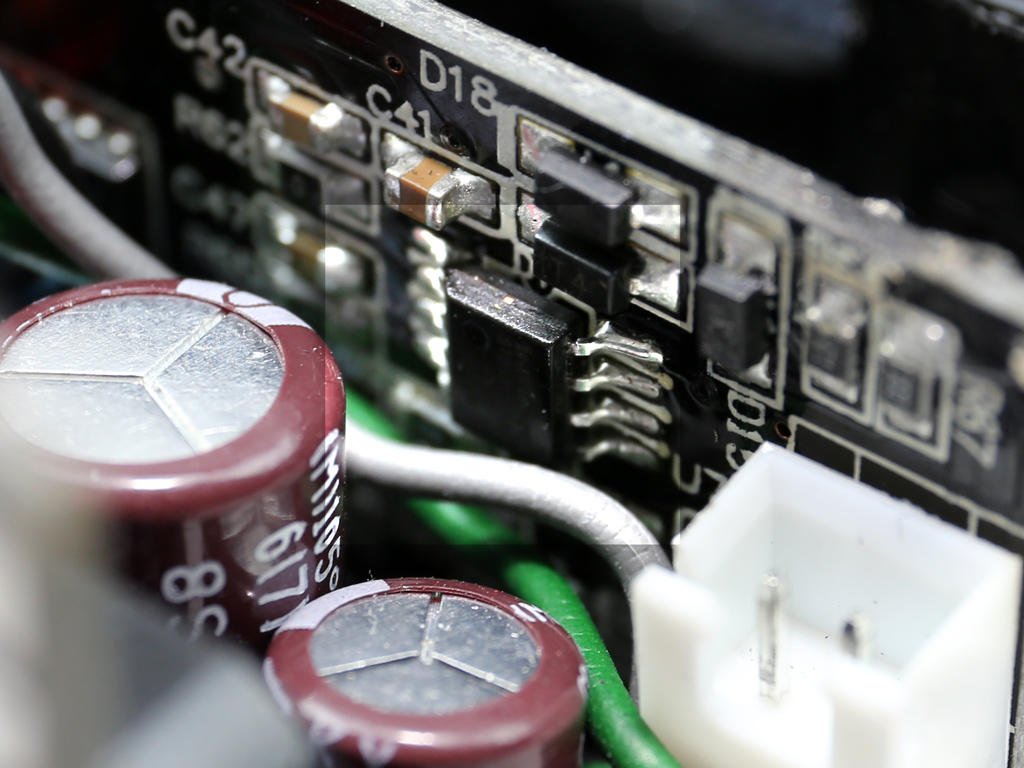
The supervisor IC is a Infinno ST9S313, which only offers basic protection features. It is supported, however, by an LM393 dual voltage comparator The STS313 is installed on the same board with the +12V regulation FETs.
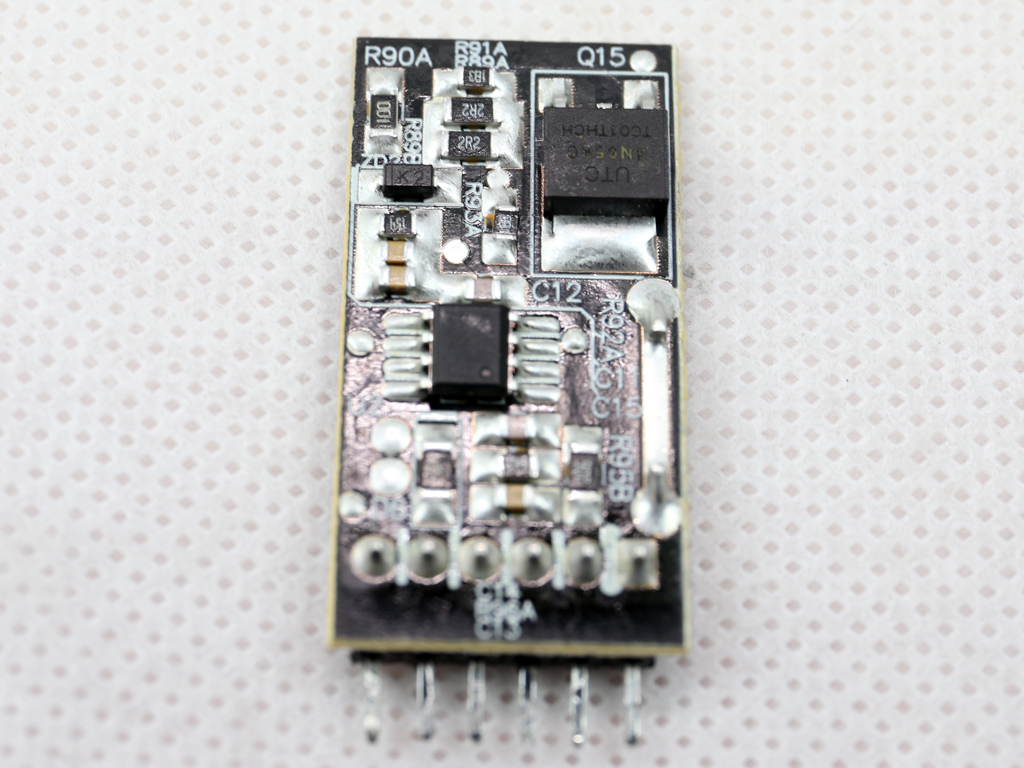
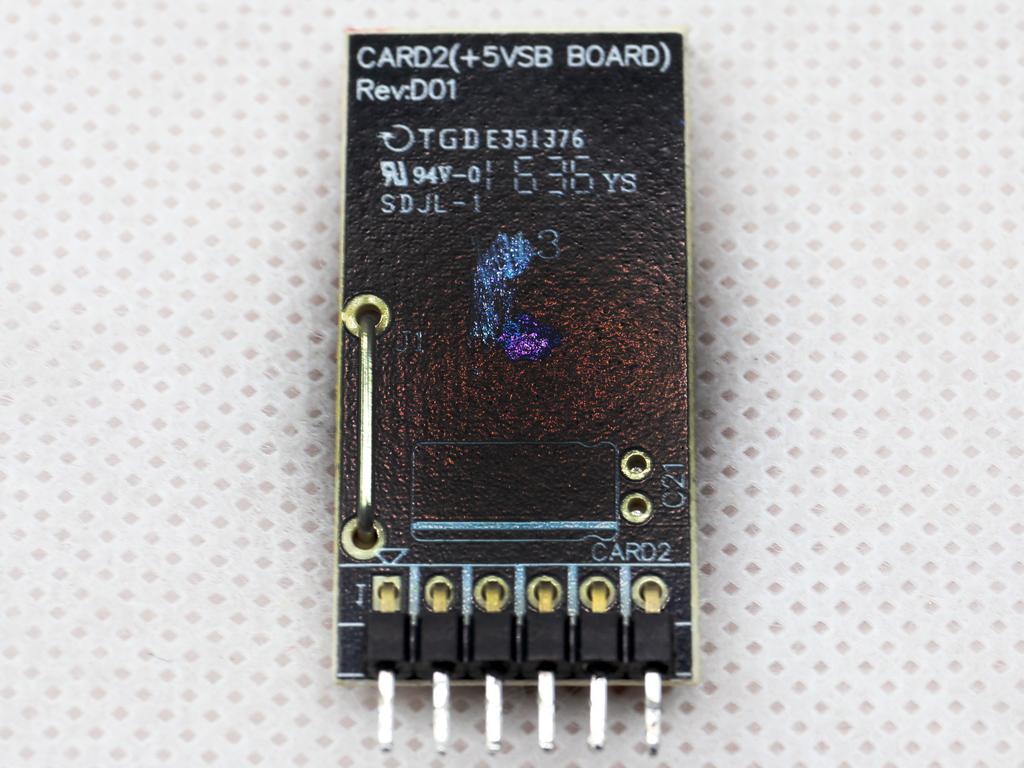
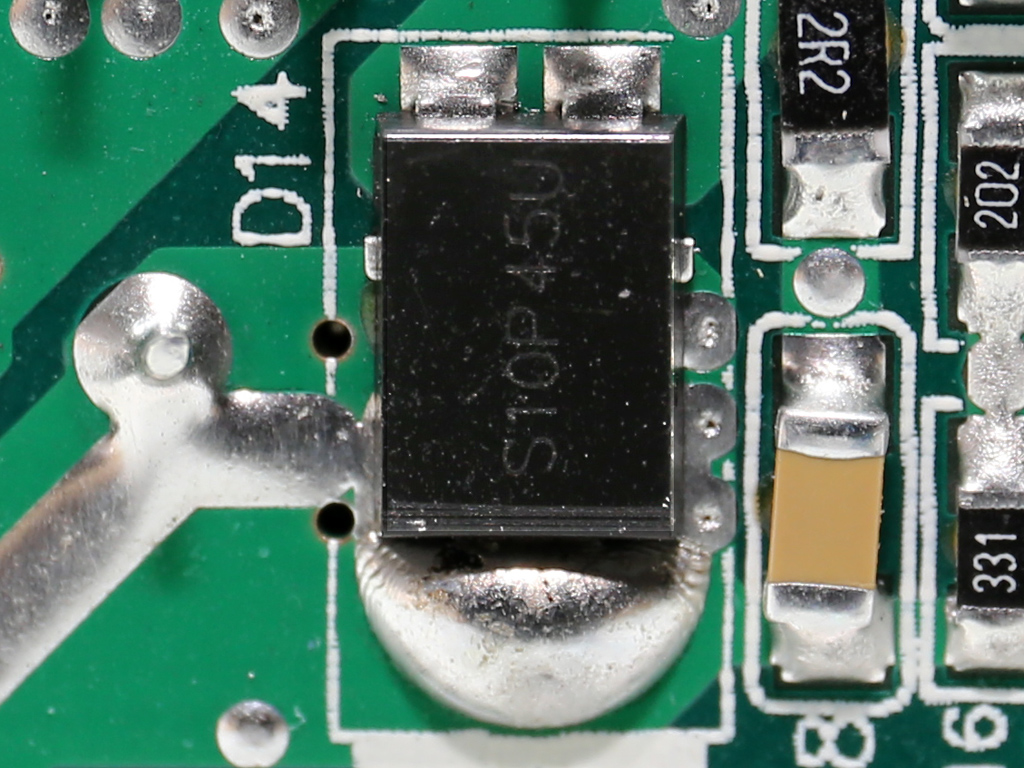
This small board hosts the 5VSB switching FET, a UTC4N65K, and the PWM controller (On-Bright OB5269CP). This is the 5VSB circuit's primary side. The secondary side uses a S10P45U SBR for rectifying the output, along with the corresponding filtering caps and coil, of course.
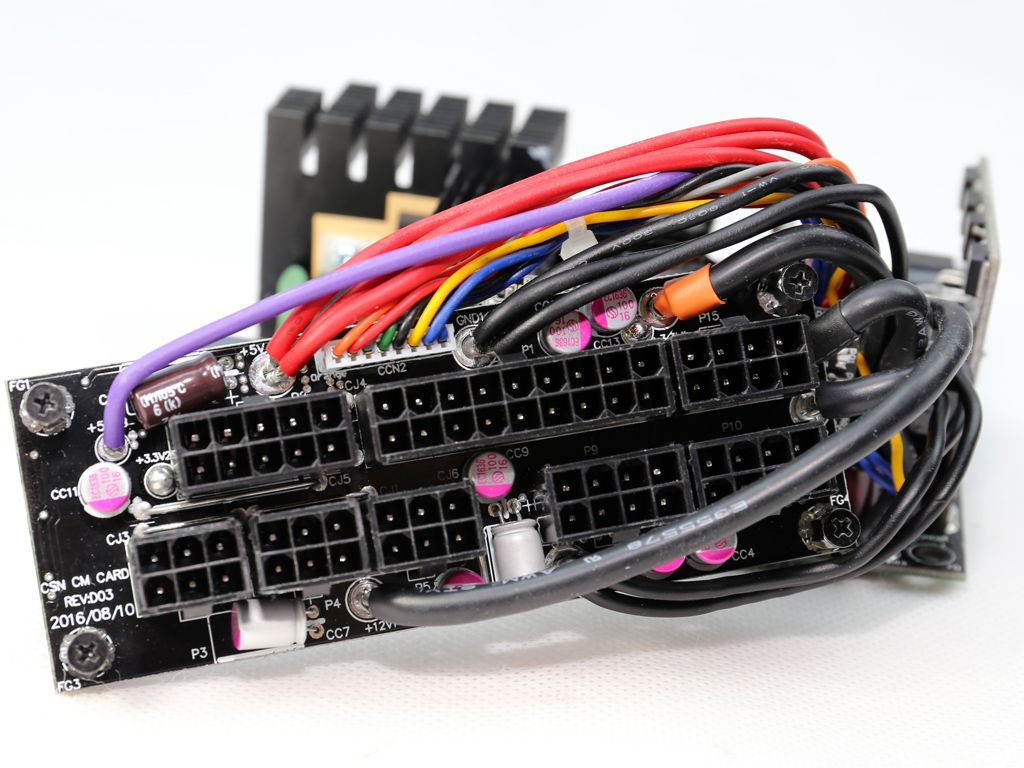
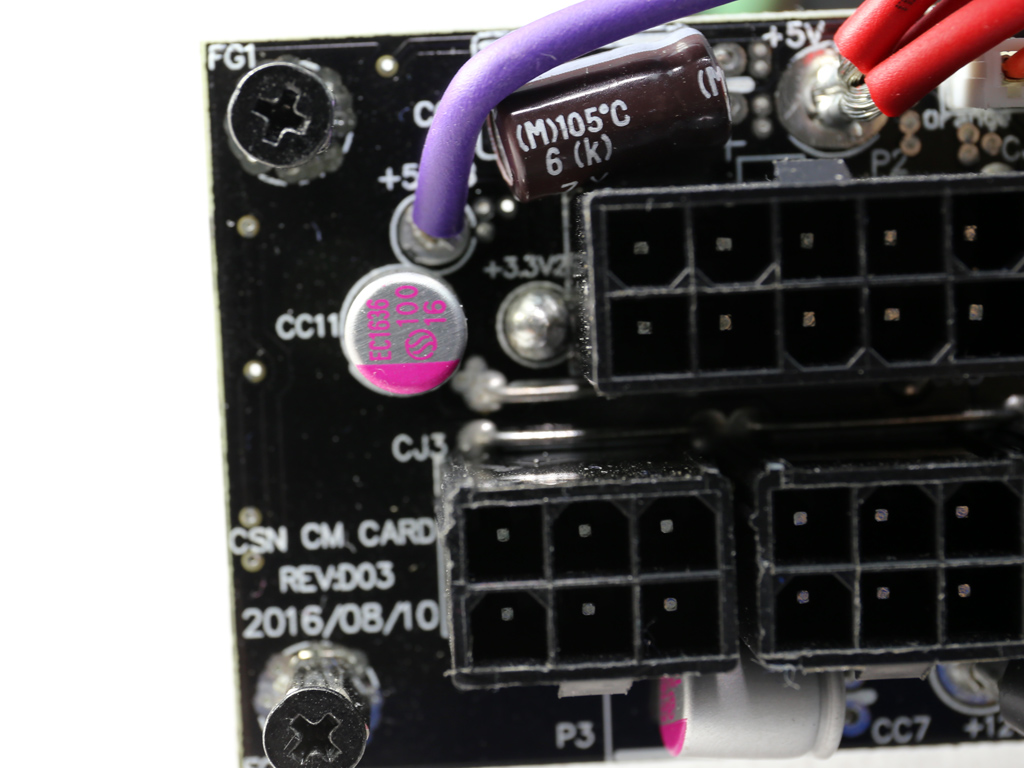
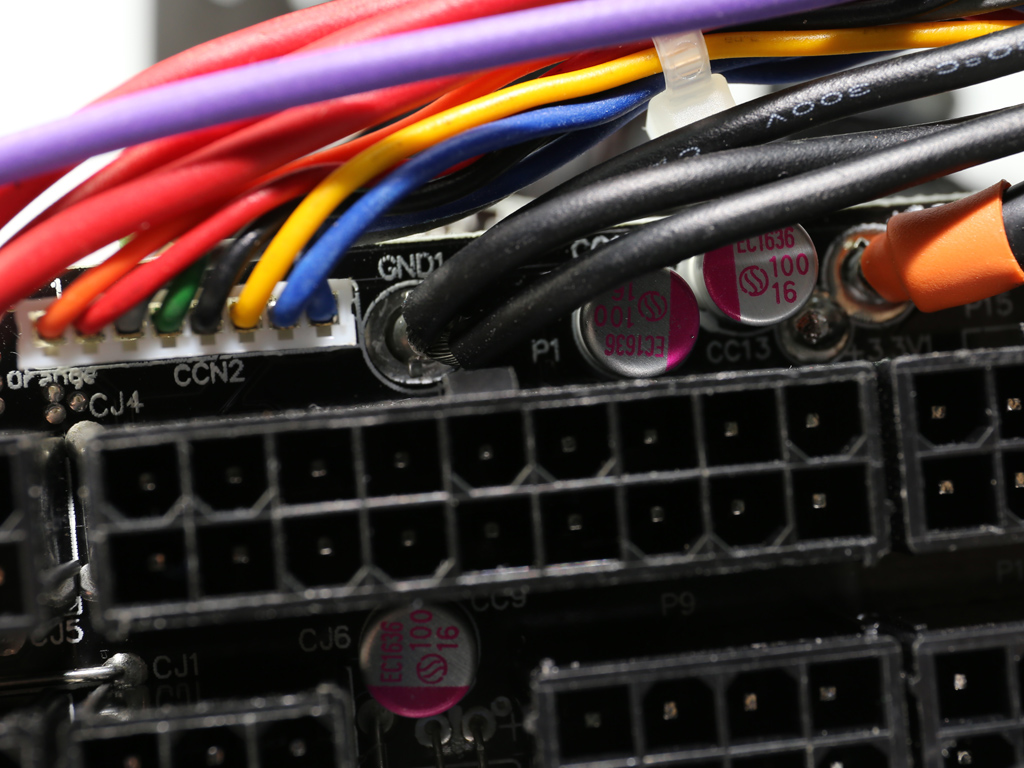
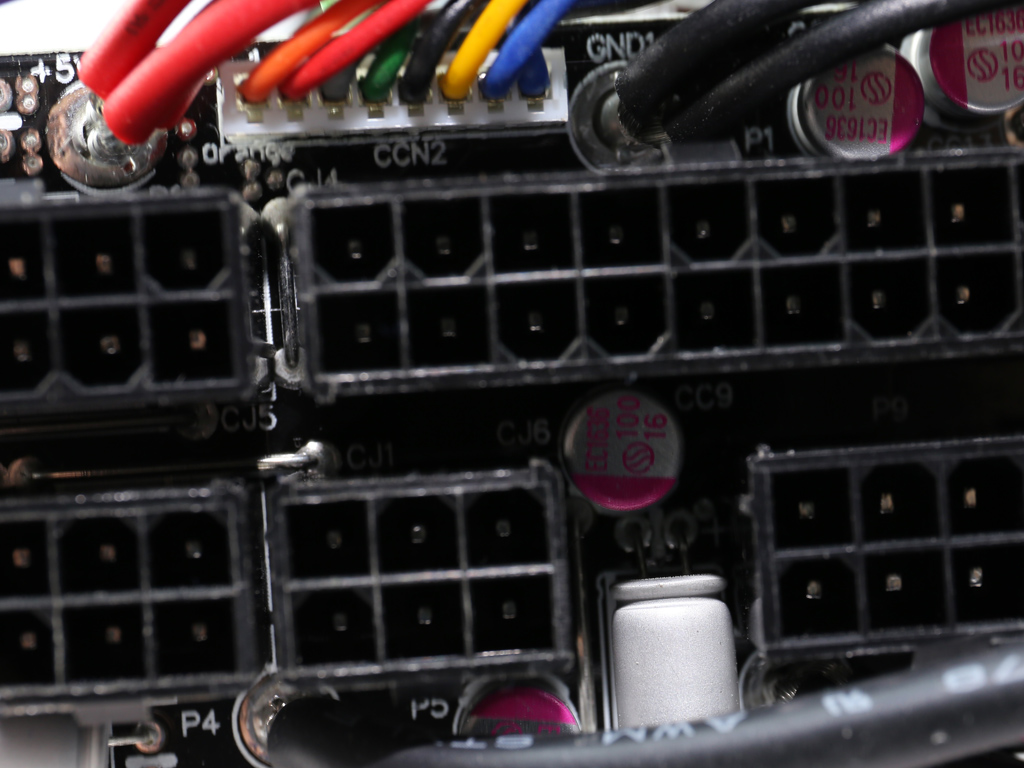
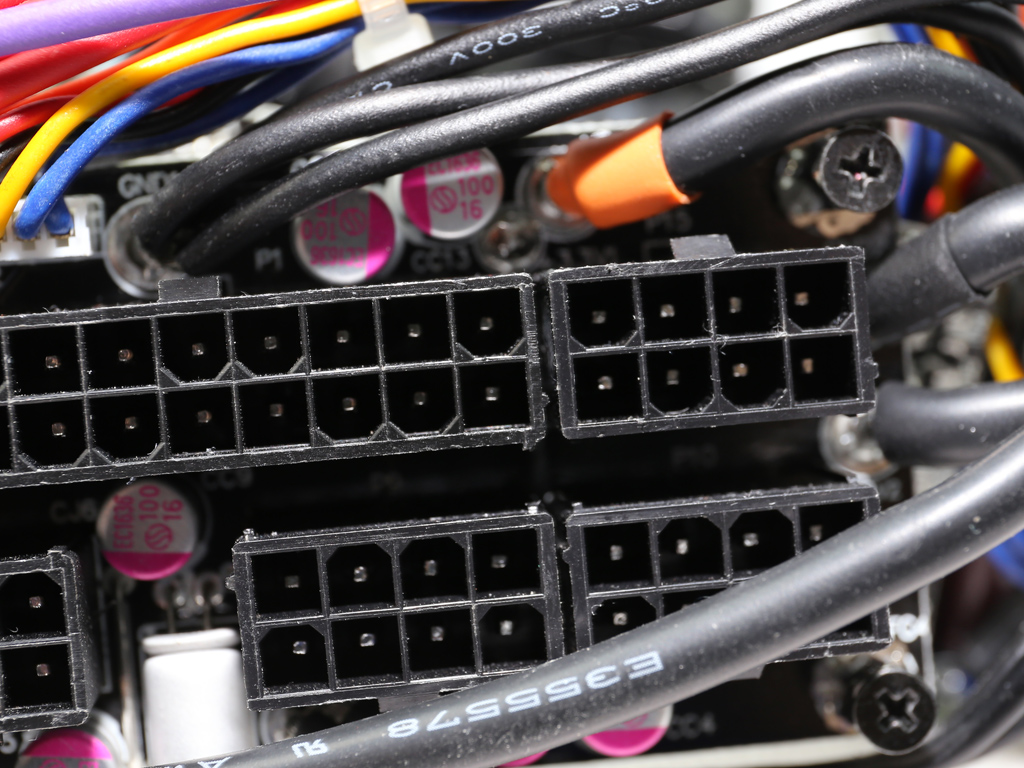
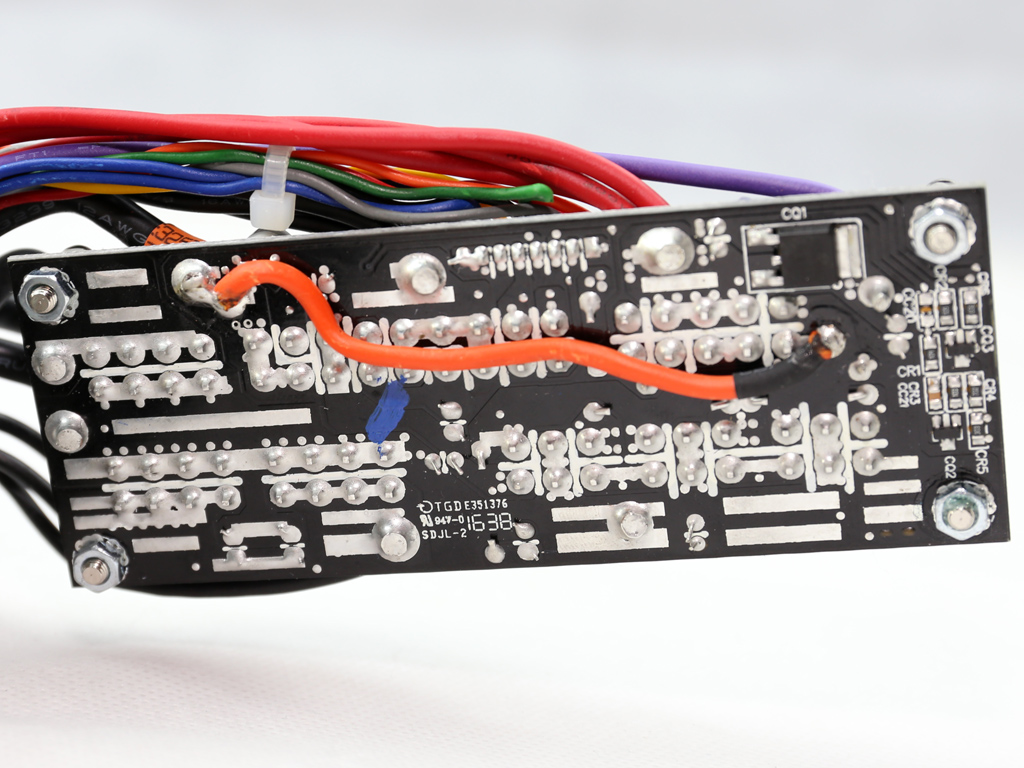
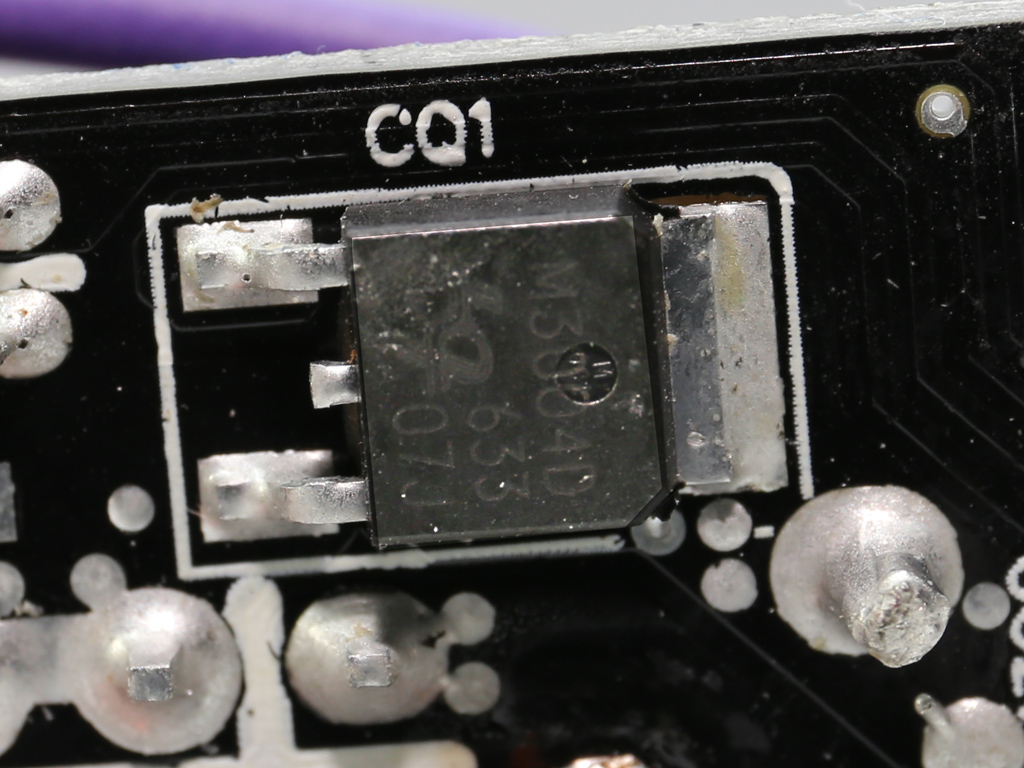
On the front of the modular board, several Su'scon polymer caps provide an extra ripple filtering layer. Around back, we find a QM3004D FET.
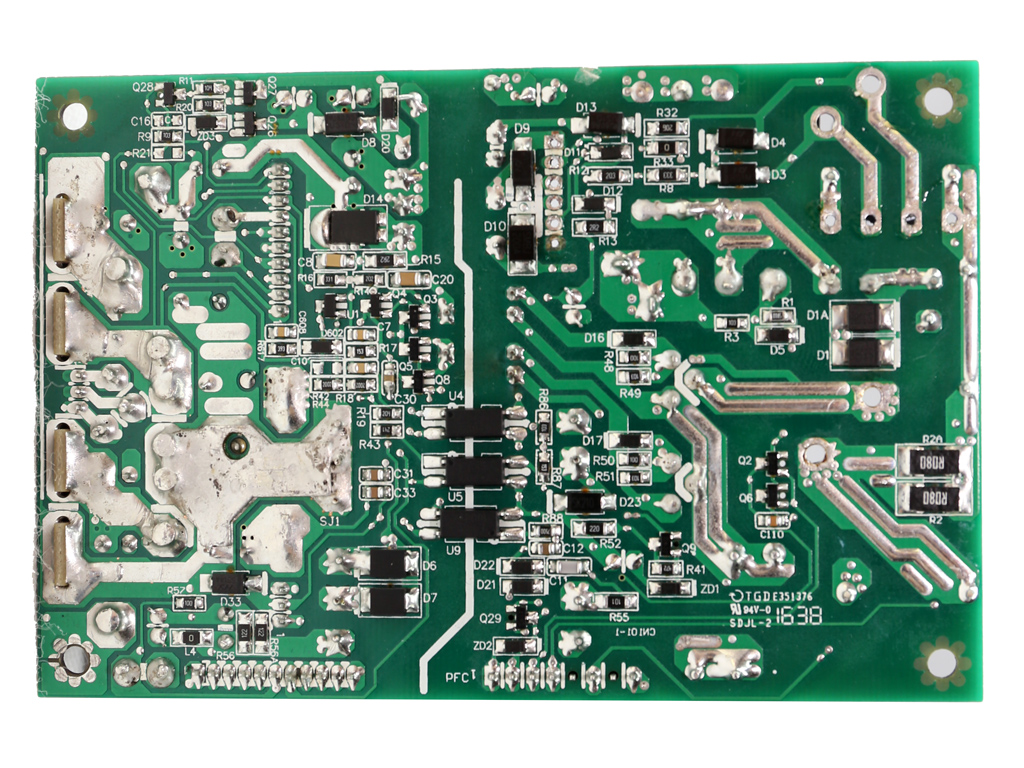
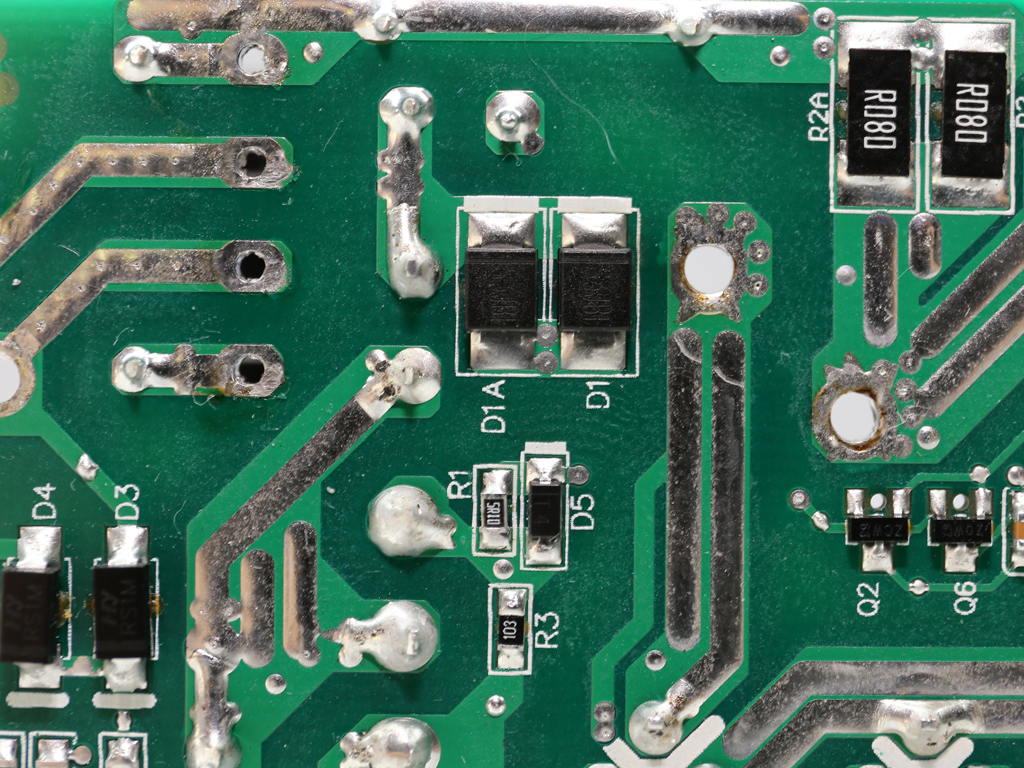
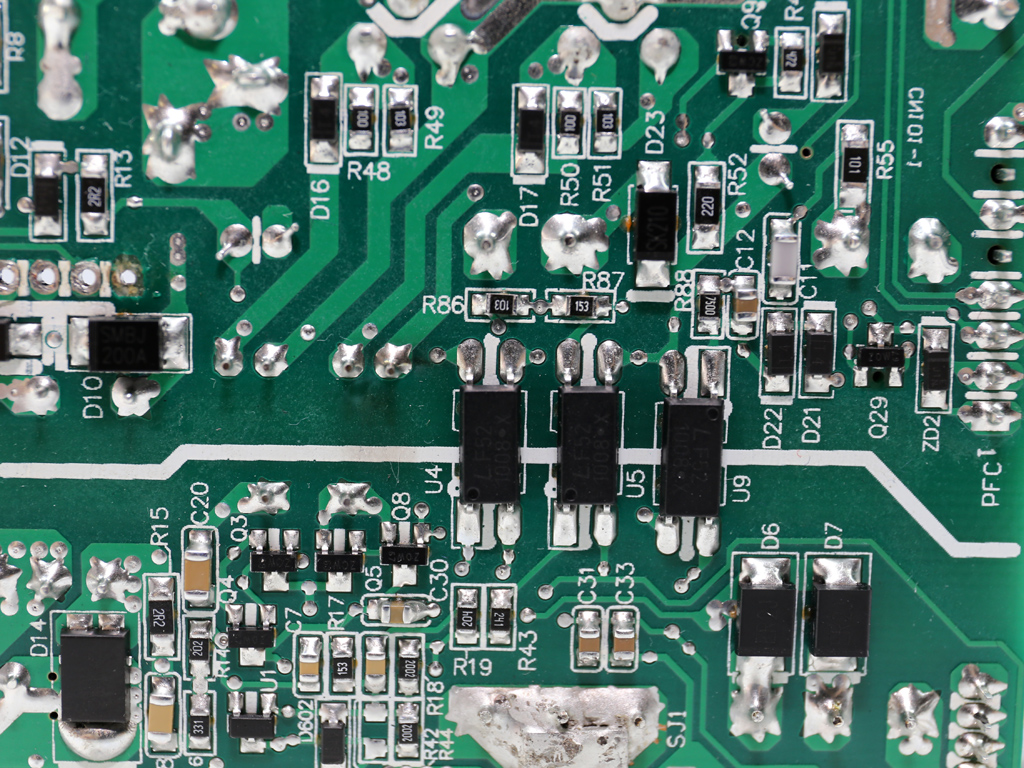
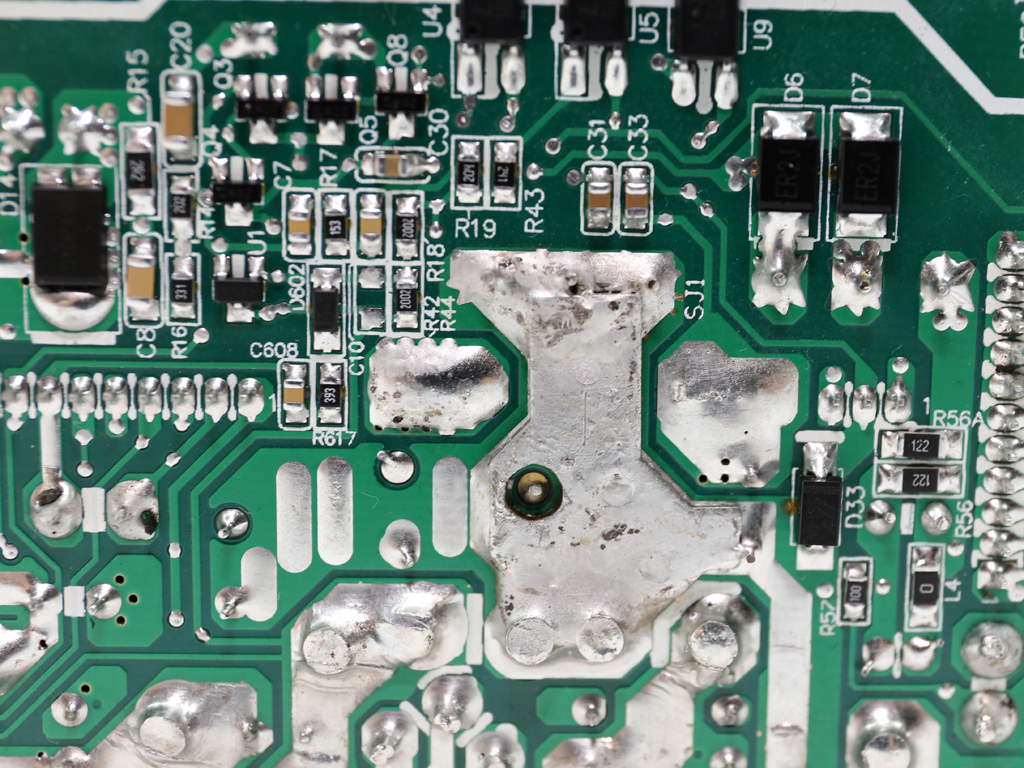
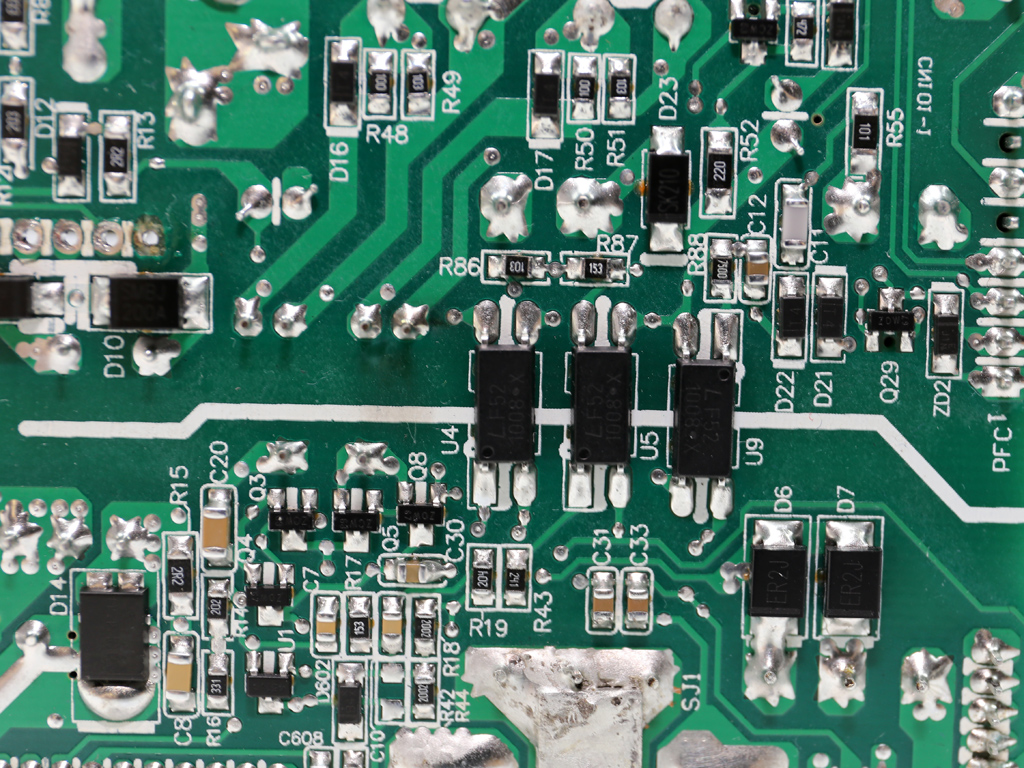
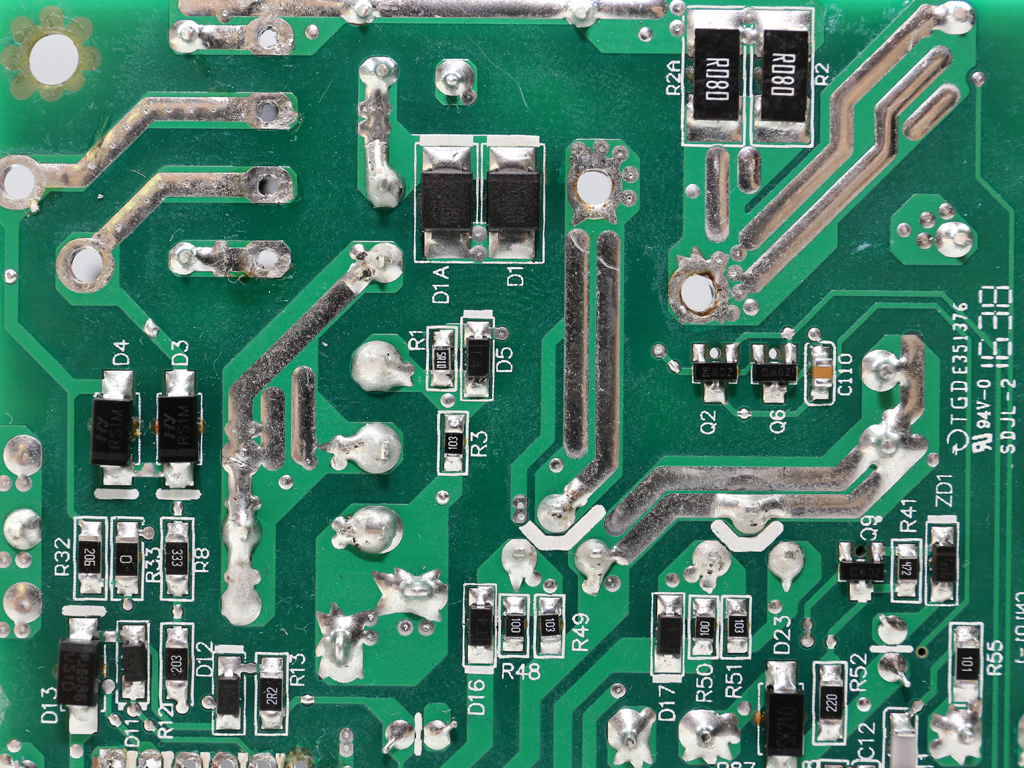
CWT's soldering quality is decent, though not the best we've seen.
The cooling fan is provided by Yate Loon and its model number is D80SH-12B (12V, 0.70A). This is a sleeve bearing fan with a limited lifetime compared to double ball and fluid dynamic bearing fans.
MORE: Best Power Supplies
MORE: How We Test Power Supplies
MORE: All Power Supply Content
Current page: Teardown & Component Analysis
Prev Page Packaging, Contents, Exterior & Cabling Next Page Load Regulation, Hold-Up Time & Inrush Current
Aris Mpitziopoulos is a contributing editor at Tom's Hardware, covering PSUs.
-
shrapnel_indie How many motherboards require more than one EPS connector in the entry to enthusiast level motherboards (excluding server boards)? How many server boards? How many enthusiasts actually use server boards?Reply
IMHO, if a PSU has 1 or 2 EPS connectors shouldn't be a pro or con as the vast majority of boards used from entry level to enthusiast only really requires one connector. Server boards are a different matter. IMHO, just making a clear note how many EPS connectors should be good enough. -
TMTOWTSAC I can see wanting more than 2 PCIe of course, but how many SFX models come with 2 EPS? How many dual CPU micro atx mobos are there anyway?Reply -
Ne0Wolf7 Why would you ever want there not to be a power switch? I use mine all the time... It seems like such a simple thing to add too.Reply -
10tacle ^^That's the first thing I noticed in the pictures. I use mine on occasion too, especially when getting lockups during overclock testing. Flicking a switch is a lot more convenient than reaching around and unplugging and making sure the cable doesn't fall down behind the desk causing colorful four letter language. Unwise omission that is inexcusable in this category of PSU. I would rule out this PSU just for that omission alone.Reply
-
Aris_Mp about the two EPS connectors, most mid to high-end mainboards use one EPS and one ATX12V (so they need two CPU connectors) especially the new ones. Why not have this option and be restricted to mainstream mainboards. Not only server or dual CPU mainboards require two EPS connectors.Reply -
Marcus52 Enermax still hasn't recovered their quality since they shut down their own production facilities, which is a real shame, they used to be one of the best.Reply -
superflykicks03 You guys literally have ads that play over the top of your intrusive popup videos. You literally have to watch a 30 second ad before you get to watch the unwanted video :/ Not exactly user friendly. I know I know revenue blah blah, and just get a popup blocker yadda yadda.Reply -
maxwellmelon Why would you turn off the power on the power supply on computer lockup. Just hit the reset switch. I would venture to say 9 out of 10 people could care less as there pc is always on.Reply -
10tacle Because hitting reset from the case button does not guarantee a solid reboot. On my system anyway.Reply -
warmon6 For an SFX psu, not having a power switch on the PSU doesn't bother me to much.Reply
Depending on the case design (like my rvz01), you couldn't access the psu without taking the computer apart to access that switch. So unplugging the computer or holding the power button for 5 seconds would be a lot faster.
Now if this was an ATX PSU i would give a bit more care for as it's extremely rare for an ATX psu to be placed somewhere else inside the case that cant be access from the outside.
@10TACLE
I do have to ask though, does your computer lock up so much that even holding the case power button for the 3 to 5 seconds does nothing?
Most computers I've messed with seems to be able to power off fully even when there is a hard lockup doing that method.
But i do agree with you about that hitting a reset doesn't guarantee a solid reboot. Certainly when trying to dial in overclock settings.
